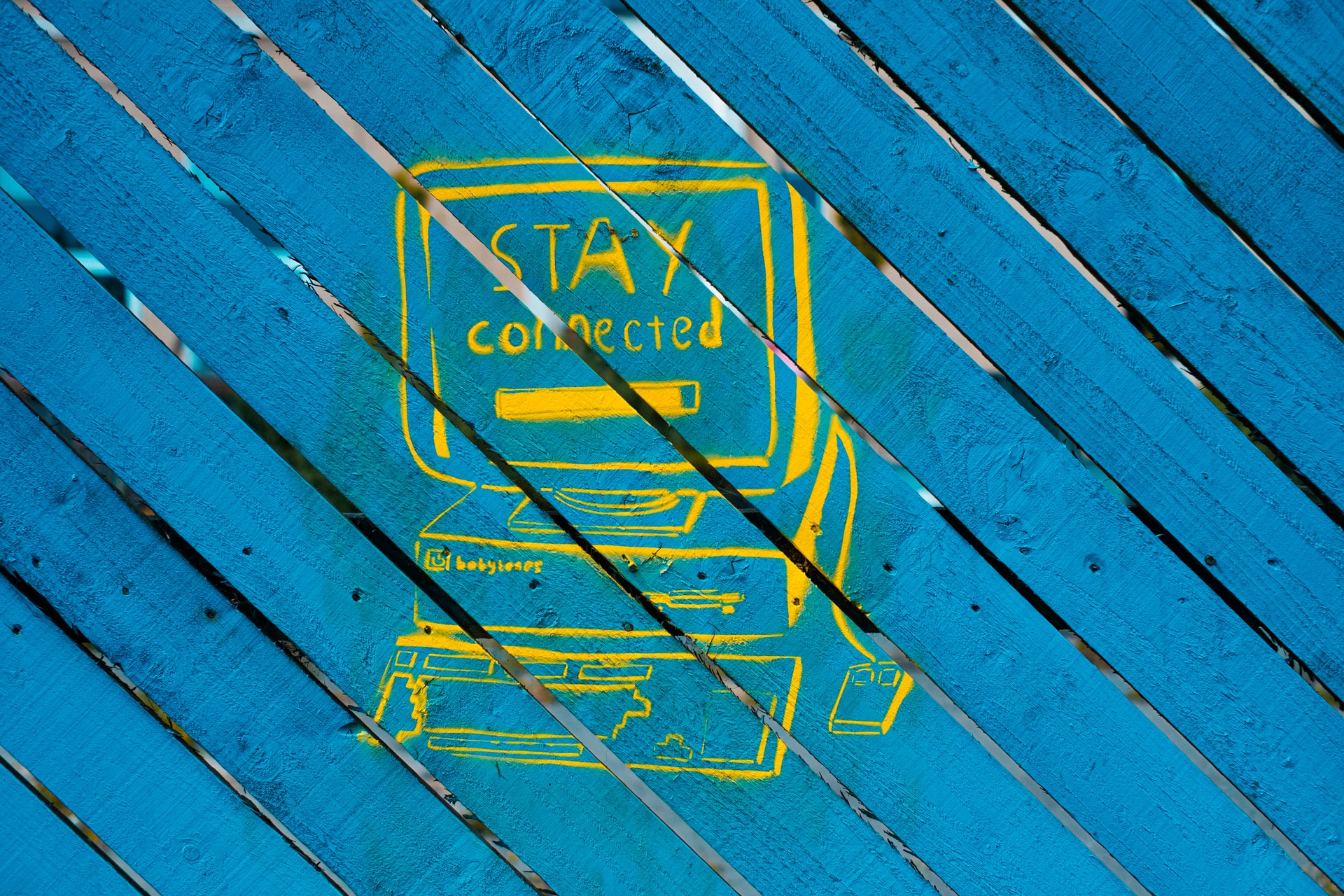One of the key concerns for students studying practical courses in the past year is how they can continue to give their students the experiential, hands-on learning experience they would ordinarily get from coming to campus and using industry-standard equipment and processes, but with students now participating from their own homes (see Kolb, 2014 for more on experiential learning). This article explores how academic and technician colleagues in the Centre for Broadcasting & Journalism have worked together to create connected and enthusiastic online learning communities, that have allowed them to maintain the high standards of their usual on-campus vocational learning events. While their success is within specific Broadcasting and Journalism contexts, there are some transferrable lessons we can take from their approach to adapting quickly to blended and online learning.
Relying on existing connections and strengths
Gail Mellors, Senior Lecturer in Journalism and Media, emphasises that participation in real world learning experiences is a “keystone” of the degree course on which she teaches. Newsdays take place weekly for second year and third year Broadcast students, and involve producing news bulletins and programmes for radio, television, and online platforms. Not only is this an excellent form of peer collaborative learning, it is vital for both employability and industry accreditation from the British Journalism Training Council.
When the pandemic prevented students coming to campus to access professional equipment, the teaching team relied on their ongoing research project that consulted industry specialists to inform their approach to adapting the newsdays for an online context. Listening to news crews about their changing remote working practices helped Gail and her team to decide how to ensure they were helping their students to work to current industry standards once the pandemic began. Their industry guest speakers were also able to directly reassure students that their experience was an authentic reflection of professional practices, rather than a substitute.
Creating a space to work together online
Connecting with partners in industry and highlighting new professional ways of working online also played a huge part in creating real world experiences for third year Practical Journalism students. Students on this module take part in whole newsweeks, as required by the accrediting body, the National Council for the Training of Journalists, and involves producing online news, feeding social media channels, and putting together an entire print newspaper. Tracy Powell, Senior Lecturer in Journalism and Media, and the rest of her team created the conditions needed for professional collaboration and communication throughout the newsweeks by setting up an online space in Microsoft Teams. The different parts of the newspaper, News, Sports, Lifestyle, etc., had its own group working on it, each with its own channel, so that students could post progress updates to each other and collaborate on documents in real time, as well as asynchronously. They also arranged synchronous conference and debrief sessions within their Teams site to ensure everyone had what they needed, and that tasks were progressing.

The extent to which students posted questions, screenshots, updates and replies in the different team channels, and the collaboration evident in these contributions, indicates the formation of a thriving online learning community (Palloff and Pratt, 2007: 31). The finished newspapers were printed and sent out to each student so they could physically hold the product of all their online work, and the quality is a testament to how effectively they were able to work together. Tracy and her team were “impressed with the students’ enthusiasm,” and used the Teams site to track students’ progress and support them where required, but groups were in general self-sufficient in their use of Teams and their own news projects, with student editors supervising the work. Tracy emphasises, however, the hard work the teaching team put in up front into creating the right environment. Ensuring instructions were clear, and that technical and subject support would be available when needed, was vital to the project’s success.
Encouraging a learning community through support
To provide a mechanism for support, a “drop-in” channel was added to the Practical Journalism newsweek team in Microsoft Teams where students could post questions for the media technicians’ team to respond to, allowing students to see each other’s answers and therefore stay better informed than if they individually emailed their queries. Paul Argyle, who leads the team of technicians in Journalism and Media, noted that this new way of working had benefits for staff and students:
“The technician team drop-in channel proved really valuable for both students and media staff because students could pose a question to us at any time, and we would aim to respond quickly during our office hours with information and links to relevant digital resources we developed to help answer more complex queries. Because the questions and answers were visible to everyone in the Team, other students could then see those answers and resources and didn’t need to spend time asking those same questions. Students even began to support each other within the channel in some cases, which was fantastic to see.”
Attempts at peer support is another indication that the teaching and technician teams were successfully forming an online learning community, but also that they were learning professional habits and collaborative processes that will prove indispensable in their future careers.
Conclusions
Without physical access to their industry-standard equipment and processes, these teams turned to human connections, albeit mediated through online spaces, to support their students’ remote learning without compromising on its authenticity and professionalism. This approach paid off; Tracy has found that students have told her directly how much they have enjoyed the routine and focus of their group work within their Teams sites, even highlighting the positive difference it has made to their motivation to study overall.
Feedback from Gail’s students showed that they greatly valued her team’s efforts to facilitate learning communities, while industry partners sounded their appreciation for the work put in to create a realistic broadcast journalism experience, one Programme Editor commenting that it “gives students a good idea of what challenges they might face in the industry going forward.” Gail emphasises that her students will be returning to on-campus newsdays, but what has been achieved this year in terms of developing new working practices and online resources will provide new flexibility into the future, freeing up the physical space and equipment and providing a “diversified approach to learning for students.”
References and resources
Kolb, D.A., 2014. Experiential learning experience as the source of learning and development 2nd ed. Upper Saddle River, New Jersey: Pearson Education Inc.
Palloff, R.M., Pratt, K., Palloff, R.M., 2007. Building online learning communities : effective strategies for the virtual classroom 2nd ed. San Francisco, Calif: Jossey-Bass.
David Jeckells
Learning Technologies Manager
Learning and Teaching Support Unit (LTSU)
School of Arts & Humanities – Nottingham Trent University
Rosemary Pearce
Learning Development Manager
Learning and Teaching Support Unit (LTSU)
School of Arts & Humanities – Nottingham Trent University
rosemary.pearce@ntu.ac.uk
Joseph

2 thoughts on “Taking the newsroom online: creating connected, authentic learning remotely”
Comments are closed.